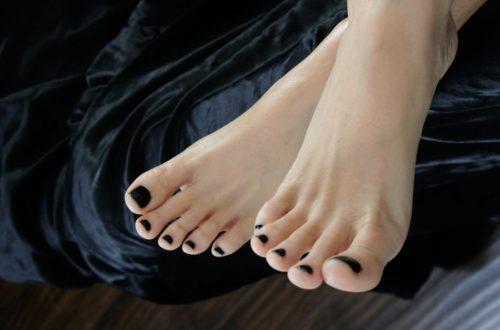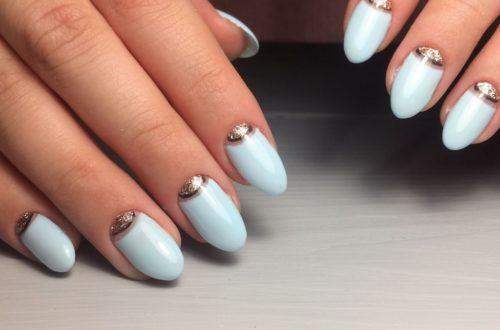
False nails - a classic of the bygone years
Previously, there was no nail extension and many women turned their attention to false nails, so they were very popular. But the plastic accessory had its drawbacks along with advantages, and which ones we suggest you learn from our article.
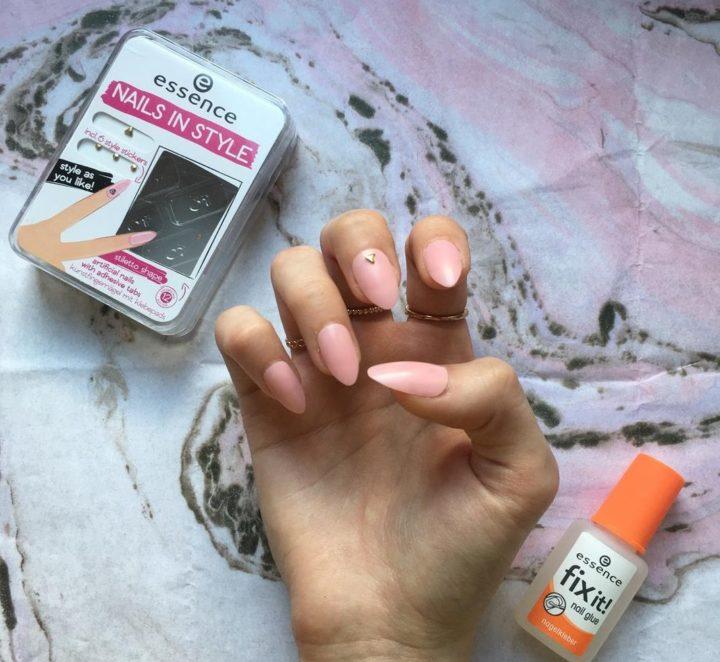
Content:
Fake nails
The accessory itself is made of a technologically created material that is very similar to plastic. It does not deform under the influence of glue and will be able to withstand sufficient mechanical damage.

False nails are attached to the nail plate using a special glue, which is as harmless to human health as possible. But many also glued their nails with superglue, which is a very dangerous activity.
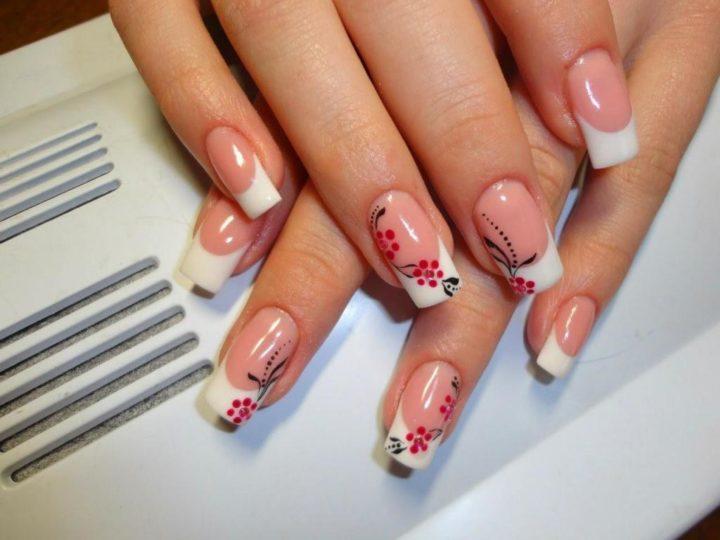
What are the types of false nails
If earlier the types were limited to the same type of plastic nails, which were sold in an elongated form, which made it possible to trim them at will, at the moment you can find various models on sale.
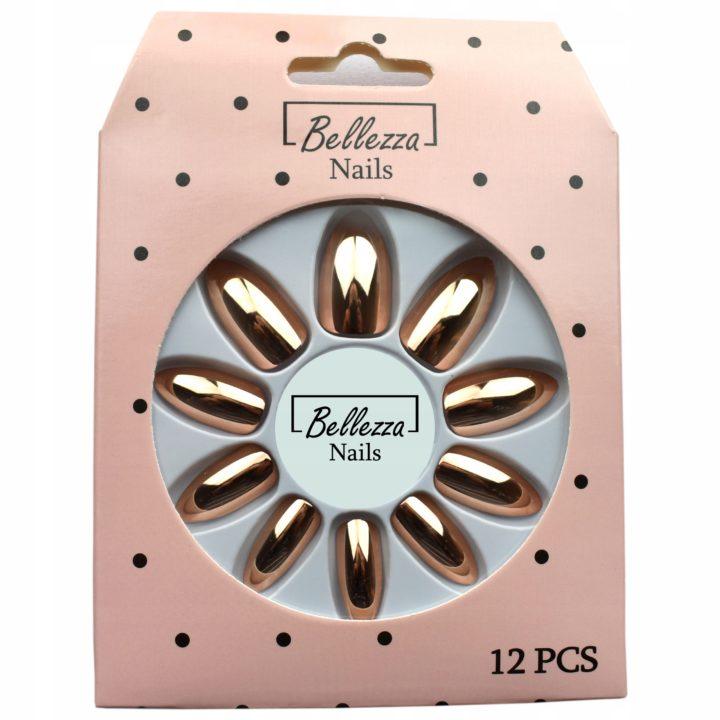
The most popular ones are:
- French manicure;
- Nails with different types of shapes: oval, almond-shaped, square, round, sharp and textured;
- Solid, multicolored, holographic, shiny, neon and printed.
Benefits of false nails
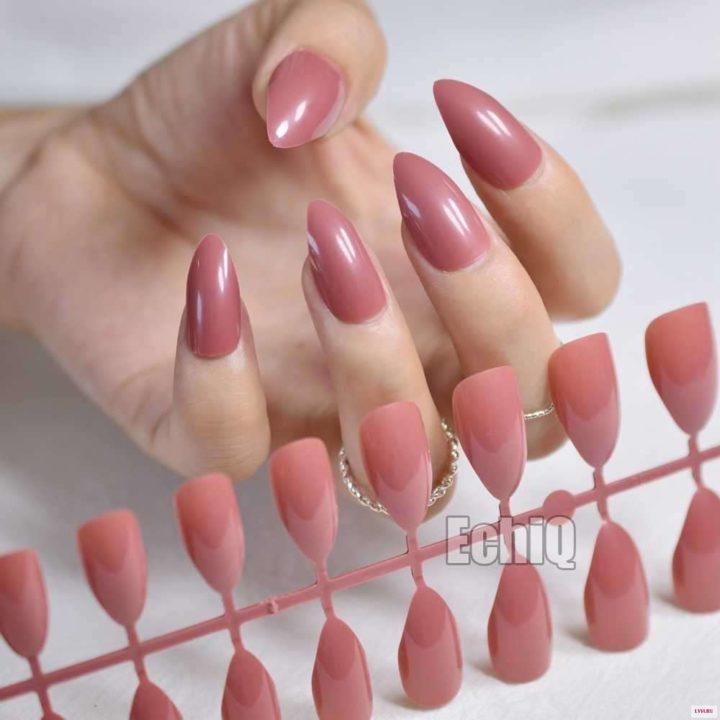
- You don't need to spend a lot of money on the purchase of an accessory and glue to create a beautiful manicure, as opposed to building up;
- Large selection of different types of false nails;
- If necessary, false nails can always be removed;
- Simple and easy to use (stickers);
- Possibility to make any shape and length of nails.
Disadvantages of false nails
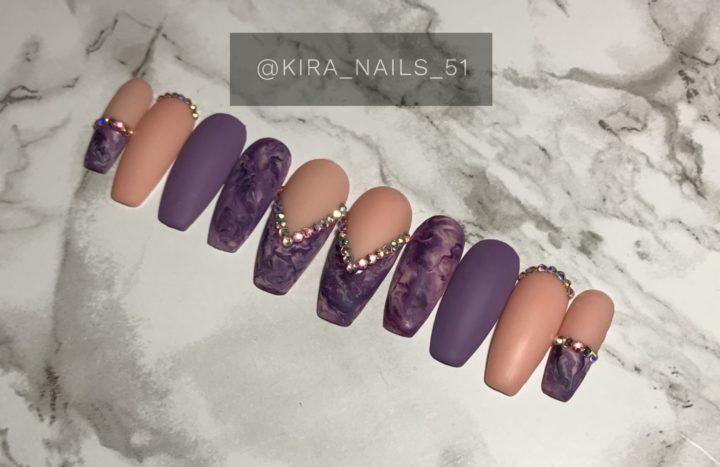
- Still, false nails will hold much less than extended ones;
- Unnatural is visible;
- Due to the glue, the nail plate deteriorates;
- It is easy to injure your own nails;
- Too cheap glue will cause too much damage to your nails.
What you need to apply false nails

False nails are very simple and easy to apply at home, even if you are new to such things. Here you just need to stock up on the necessary materials and tools that will help you in the process.
You'll need:
- The nails themselves (the desired shape and length);
- Nippers (for cutting off excess nail length);
- Acetone (for degreasing);
- Glue (for gluing glue to the nail);
- File with high abrasiveness (for filing cut edges of nails);
- Varnish (to cover the feet).
Remember! That the choice of glue must be careful. The glue usually comes in a set for false nails, but sometimes you have to buy it separately. The glue must be clearly designed for such an action, otherwise it can harm the nails and the whole body as a whole.

How to glue false nails
If your manicure is in order (the cuticle was cut off, the nail rollers were processed, and all the burrs were removed), then you should immediately proceed to the process of preparing the false nails. Apply some acetone to a cotton pad and wipe your nails with it to degrease the nail plate.
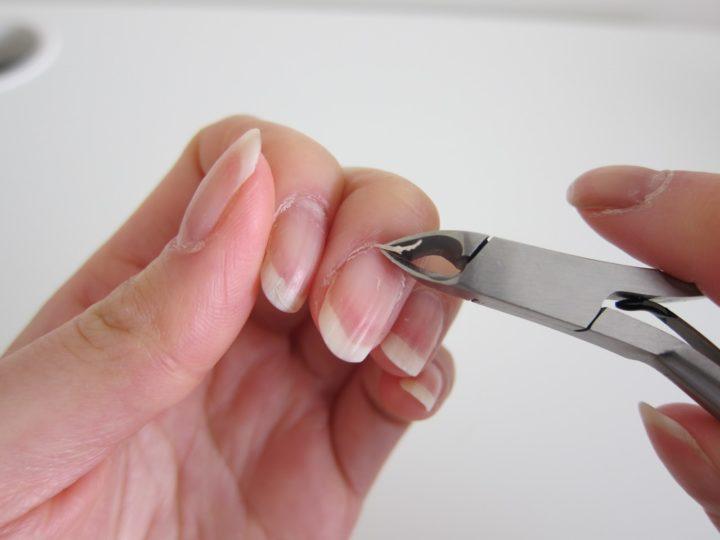
Next, we apply a little glue to the nails and firmly apply it to the nail, with the lower edge firmly resting against the line of the cut cuticle. Press the false nail firmly over the entire surface. Using a similar method, we glue all the false nails, and then with the help of nippers we cut them to the required length.

To remove the sharp edge of the cut, you need to grind it with a file. Next, degrease everything with acetone and apply varnish on the false nails.



